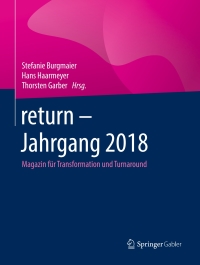Please show the work.

19. Tax-deferred a uties pay no taxes on the income placed into the account but then pay taxes on all the money when it its withdrawn. Nondeferred plans pay taxes on the income prior to depositing the money into the account and then only pay taxes on the interest earned by the account. Given the amount set aside in an ordinary annuity each month, the current tax rate, the number of years that contributions will be made to the annuity, and the tax rate when withdraws from the annuity are made, complete parts a through c. Monthly Number of Annual Interest Current Tax Future Tax Payment Years 1 Rate Rate Rate $300 5% 30% 18% 30 Identify the problem solving method that should be used. Choose the correct answer below. A. Relate a New Problem to an Older One B. The Counterexample Principle c. Guessing is OK D. The Three-Way Principle a. Find the value of the tax-deferred and the nondeferred accounts . The future value of the tax deferred account is $ The future value of the nondeferred account is $ (Round to the nearest cont as needed.) b. Calculate the interest that was earned in both accounts. This will be the value of the account minus the payments made. The tax deferred account eamed $ The nondeferred account earned $ (Round to the nearest cent as needed.) in interest. in interest c. If all money is withdrawn from each account and the relevant taxes are paid, which account is better and by how much? After paying the relevant taxes, the tax deferred account returns $ and the nondeferred account returns The (1) - account is a better choice because it returns $ more than the (2) - account. (Round to the nearest cent as needed.) (2) (1) tax deferred onondeferred tax deferred nondeferred 19. Tax-deferred a uties pay no taxes on the income placed into the account but then pay taxes on all the money when it its withdrawn. Nondeferred plans pay taxes on the income prior to depositing the money into the account and then only pay taxes on the interest earned by the account. Given the amount set aside in an ordinary annuity each month, the current tax rate, the number of years that contributions will be made to the annuity, and the tax rate when withdraws from the annuity are made, complete parts a through c. Monthly Number of Annual Interest Current Tax Future Tax Payment Years 1 Rate Rate Rate $300 5% 30% 18% 30 Identify the problem solving method that should be used. Choose the correct answer below. A. Relate a New Problem to an Older One B. The Counterexample Principle c. Guessing is OK D. The Three-Way Principle a. Find the value of the tax-deferred and the nondeferred accounts . The future value of the tax deferred account is $ The future value of the nondeferred account is $ (Round to the nearest cont as needed.) b. Calculate the interest that was earned in both accounts. This will be the value of the account minus the payments made. The tax deferred account eamed $ The nondeferred account earned $ (Round to the nearest cent as needed.) in interest. in interest c. If all money is withdrawn from each account and the relevant taxes are paid, which account is better and by how much? After paying the relevant taxes, the tax deferred account returns $ and the nondeferred account returns The (1) - account is a better choice because it returns $ more than the (2) - account. (Round to the nearest cent as needed.) (2) (1) tax deferred onondeferred tax deferred nondeferred







